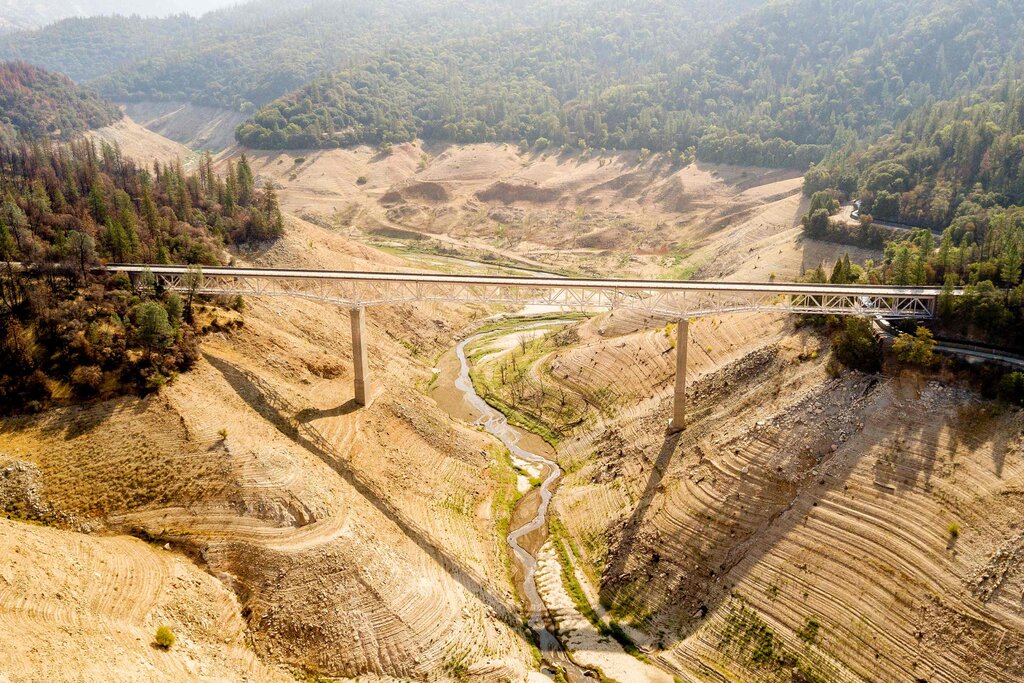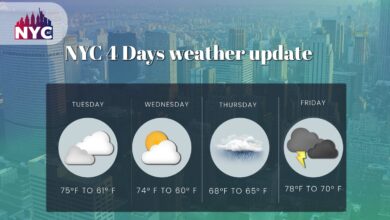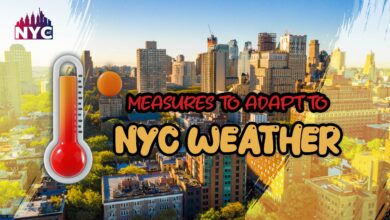According to Climate Scientists, Extreme Temps Are Anticipated to Last Until the Fall

The West’s drought is projected to spread east, impacting virtually all of Texas and Oklahoma. Lake Oroville is at a 23 percent level this week. Thus according to forecasts, droughts in the West will last until the fall. The Weather Forecast predicts that the warmer temps that have produced dry spells in the West will continue into the fall over a year of searing heat throughout most of the nation.
Five states have experienced their hottest June-August period in 127 years of records. Not unexpectedly, two of those countries, Californian and Oregon, had some of the worst fires in their histories, as high temperatures created extra-dry soils and vegetation, aiding fire spread.
Scott Handel, a meteorologist with the National Maritime and Tropospheric Regime’s Regional Climate Hub, just said that the Oct AccuWeather called for above-average temps across the whole of the nation, with just the Pacific Northeastern and Gulf Countries likely to see relatively close temperature range.
The drought has wreaked havoc across the Western United States. Water supplies in California have been substantially cut, forcing some farmers to leave their crops fallow or limit their output in various ways. The River has experienced its first-ever water deficit, according to the government Body of Reclamation. Due to a shortage of fodder, ranchers in the North have been already compelled to sell off some of their herds.
However, there is some excellent news in the prediction for the Northeast. So according to NOAA scientists, above-average rain in that areas should ease dryness. It’s also expected to be drier than typical on the Eastern Coast.
Wet weather is expected to last until the late autumn and early spring, with La Nia forming at the end of the year when ocean temperatures in the tropical Pacific Coast fall under usual.
Changes in air circulation are caused by reduced ocean warming, which can affect weather in other regions of the planet. In the U.S, La Nia may bring hotter and drier weather to California and the Southeast, as well as colder and wet weather to most of the country’s north.
Wet weather is expected to continue across many countries Much of the lower portion of the total is forecast to be drier than usual through the end of the year, which, along with the warm weather, indicates that the drought will not be ending anytime soon.
Thus according to Karin Gleason, a meteorologist at NOAA’s Environment Agency Data, average temperatures in the multiple states during the three months of June through August coincided with 1936 during the Dust Bowl for the highest on record.”Next year or the year after that,” Ms. Gleason said, referring to climate changes.



